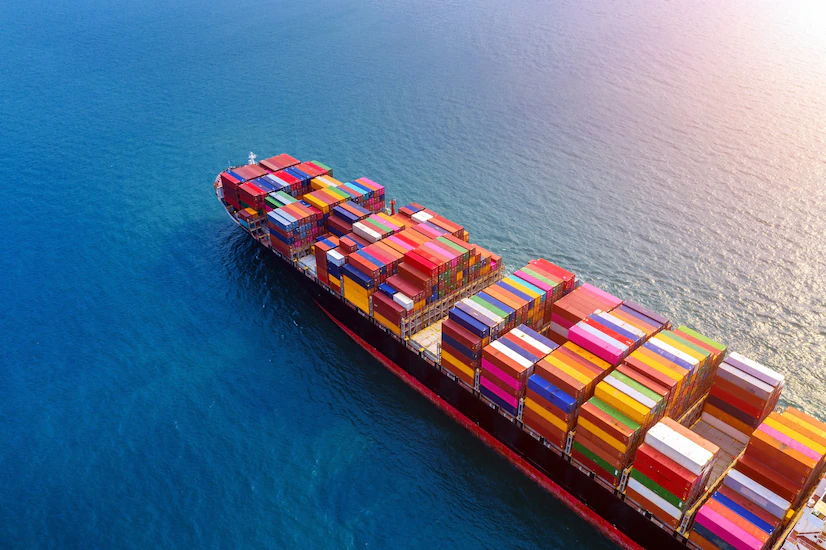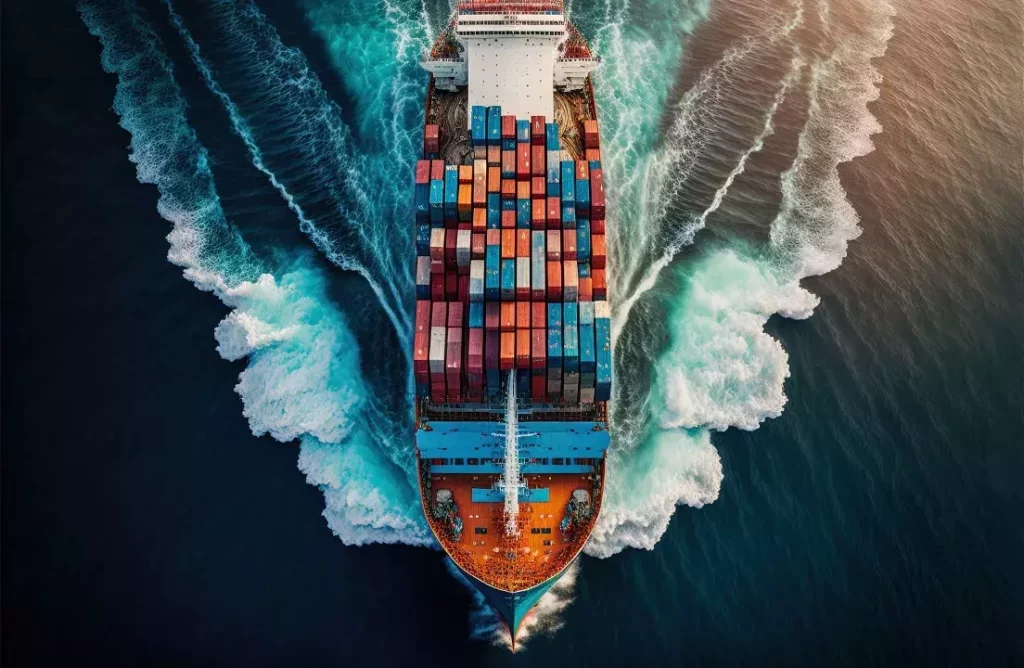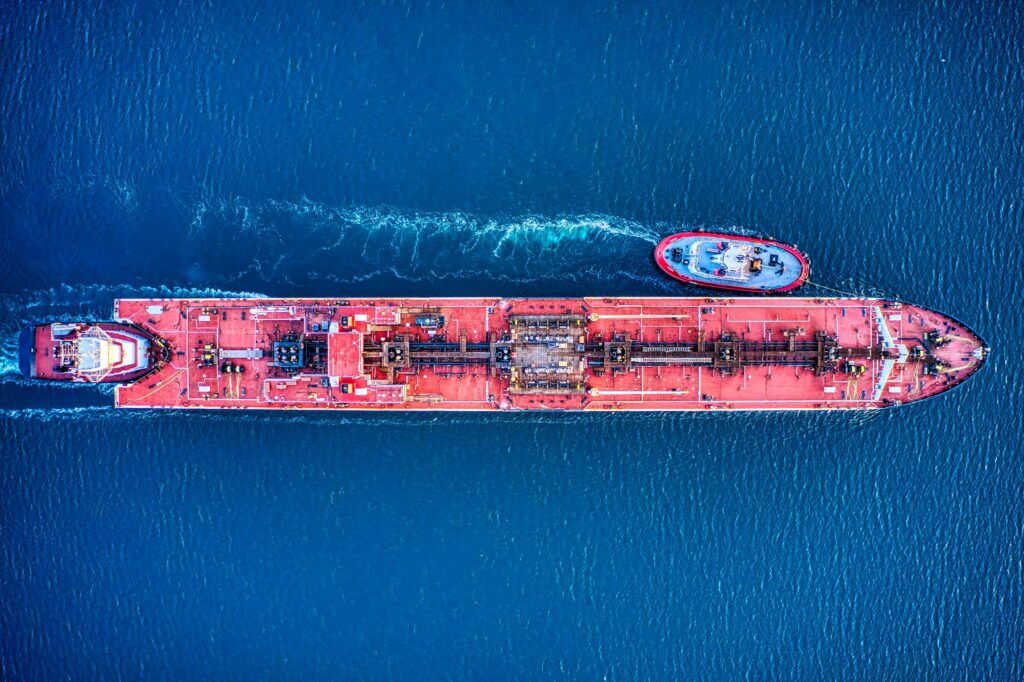CIC charges in shipping is the abbreviation of container inbalance charge. Due to the difference in the quantity of imported and exported cargoes in different routes and ports, it leads to the imbalance of empty and full containers. In order to maintain the container balance, shipping companies usually charge customers CIC charges in shipping.
The amount of CIC charges in shipping depends on factors such as container type and route.
Reasons for charging CIC charges in shipping
1.Seasonal changes in cargo transportation on liner routes around the world lead to imbalance in cargo flow: the beginning of the year is usually a low season for cargo transportation in western countries, and then the volume of containers gradually rises in April and May, the volume of trade begins to increase, and a small boom in the increase of trade is induced by the Christmas season.
2.Trade volume imbalance between countries or regions at both ends of the route: East Asian countries such as China export far more goods to Europe than import from Europe to China and other East Asian regions, the Far East North America route also exists a similarly significant problem.
Differences in the type and nature of imported and exported cargoes, as well as differences in freight and handling rates, also contribute to the imbalance between imported and exported containers.
CIC charges in shipping
There are other common sea miscellaneous charges including
- ORC: Origin Receiving Charge;
- DDC: Destination Delivery Charge;
- THC: Terminal Handling Charge;
- BAF: Bunker Adjusted Factor or FAF (FuelAdjustedFactor);
- CAF: Currency Adjustment Factor;
- DOC: Document;
- PSS: Peak Season Surcharge;
- AMS: America Manifest System.
In addition to CIC charges in shipping, there are some ocean freight surcharges described in this article:
CIC charges in shipping
CFS (CONTAINER FREIGHT STATION)
CFS (CONTAINER FREIGHT STATION) is a place to handle LCL cargo, it handles the handover of LCL cargo, after the allocation of load accumulation, the box will be sent to CY (Container Yard, Container (Container) Yard), and accept CY to hand over imported containers, unpacking, handling, storage, and finally allocated to the consignee.
EBS Fee
Emerent Bunker Surchanges (EBS) means Emergency Bunker Surcharge in Chinese. This fee is generally due to the international crude oil prices continue to rise, more than the affordability of shipowners, so shipowners in the market is relatively low, can not increase the cost of shipping fees, in order to reduce the cost of loss and increase the fee.
How much does EBS charge in general? EBS is only a temporary surcharge, which usually does not last long, and EBS charges differently according to different periods and different regions.
LOCAL CHARGE
LOCAL CHARGE includes the following points (the specific cost is for reference only and has no practical significance):
Booking Fee: RMB290/20′, RMB420/40′ GP/HQ in general.
Customs declaration fee: RMB100-120/copy (if a shipment has N families, then the total customs declaration fee is 100N, in addition to the name of more than 5, every increase of 5 also need to add money, we pay to the customs broker is so RMB30/+5 name).
THC: RMB370/20′, RMB560/40’GP/40’HQ (paid to the port terminal).
Documentation fee: (Shipping company charge RMB115/BILL).
Operation Fee: RMB150-200 (usually on delivery, but not on prepaid).
AMS: USD25/RMB210 (US/Canada line).
CIC charges in shipping
Costs of several trade modes
Factory delivery price (EXW = Ex Works)
Place of delivery: factory or warehouse in the exporting country; transportation: buyer’s responsibility; insurance: buyer’s responsibility; export procedures: buyer’s responsibility; import procedures: buyer’s responsibility.
FOB
Place of delivery: port of shipment; transportation: buyer’s responsibility; insurance: buyer’s responsibility; export procedures: seller’s responsibility; import procedures: buyer’s responsibility.
CIF (Cost + Freight + Insurance
Place of delivery: port of shipment; transportation: seller’s responsibility; insurance: seller’s responsibility; export procedures: seller’s responsibility; import procedures: seller’s responsibility.
Cost plus freight (CFR=Cost+Freight)
Place of delivery: port of shipment; transportation: seller’s responsibility; insurance: buyer’s responsibility; export procedures: seller’s responsibility;
Import formalities: buyer’s responsibility.



